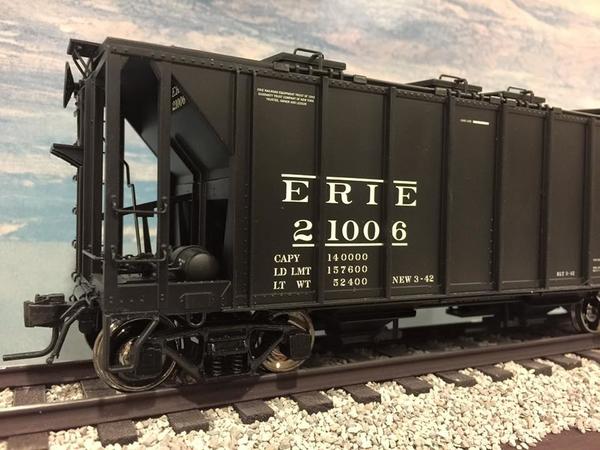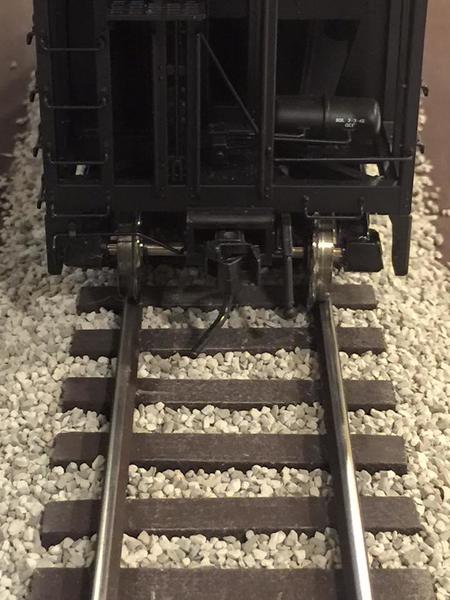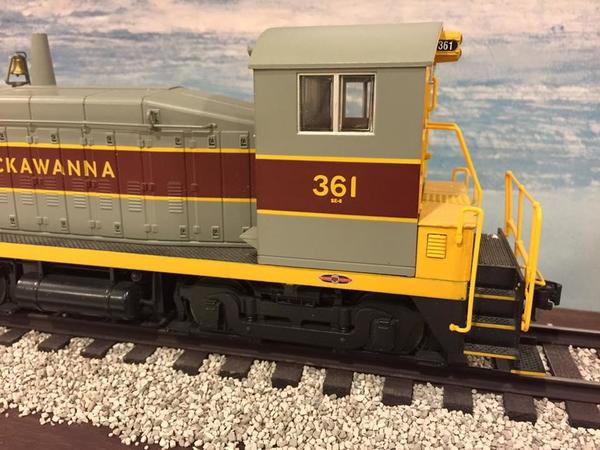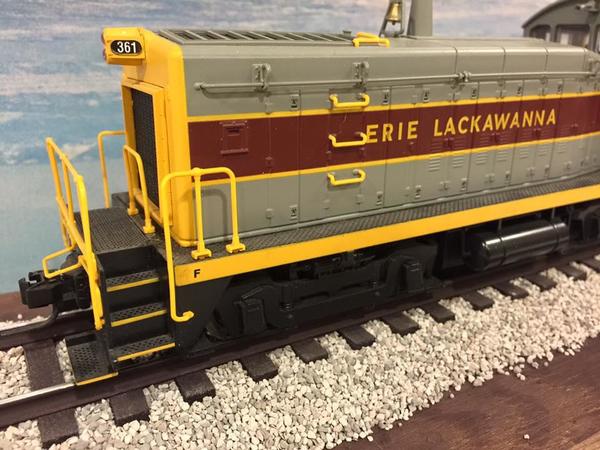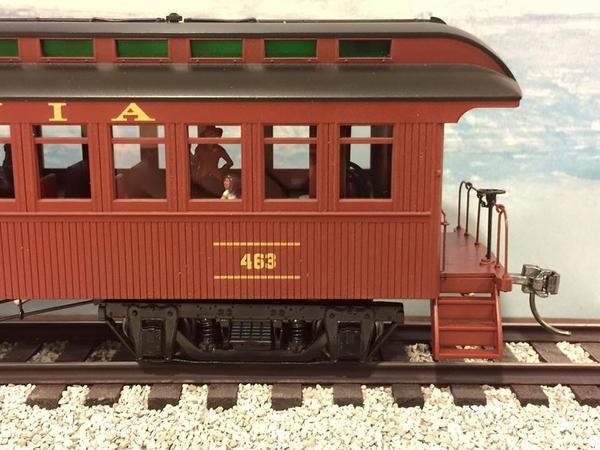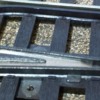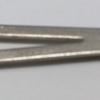I've begun work on a mockup and an industry scene proof of concept using Gargraves and Ross 2R HiRail track.
Why HiRail? Because MTH makes HiRail steam engines that have Proto 3/2. This means they can operate on 2 or 3 rail track. The HiRail engines have blind center drivers which means they can negotiate much tighter curves than their scale wheel versions with all flanged wheels (Ex. a HiRail 4-6-4 can negotiate 21"r) . The problem is that the HiRail engines are not gauged for 2 rail scale track (too narrow) and their flanges are too deep for Atlas code 148 turnouts. The answer to this is to use Gargraves and Ross custom switches. They both make 2 rail Hirail track that supports these MTH HiRail models.
I was afraid that it wouldn't turn out well as I like detailed scale track. I am pretty satisfied with my results so far though. It's not fantastic, but it looks a heck of a lot better than going 3 rail IMHO. Next I will start work on an industry scene to test different engines, wheels, couplers, etc... You can follow my progress by clicking on the Grizzly Valley Facebook group link in my signature if you are interested.




